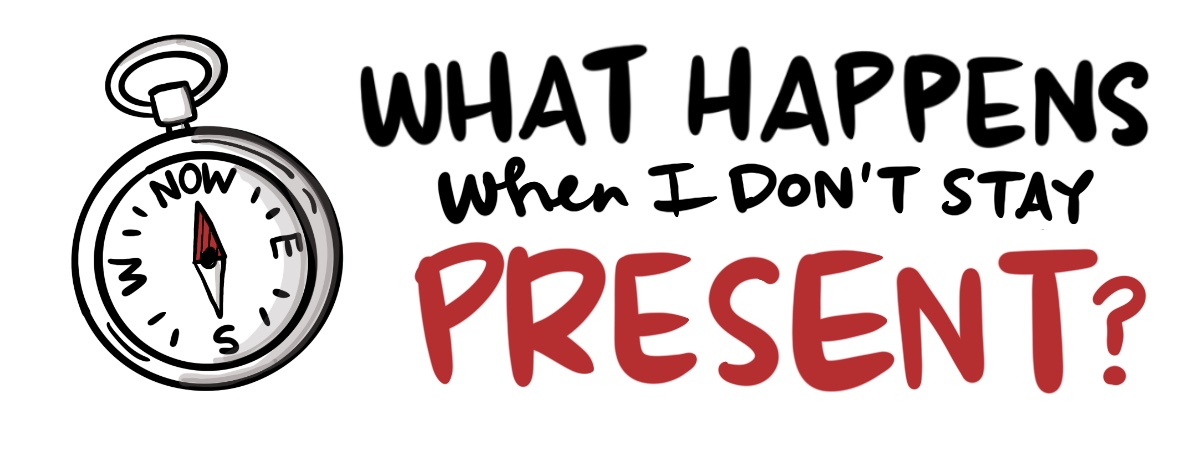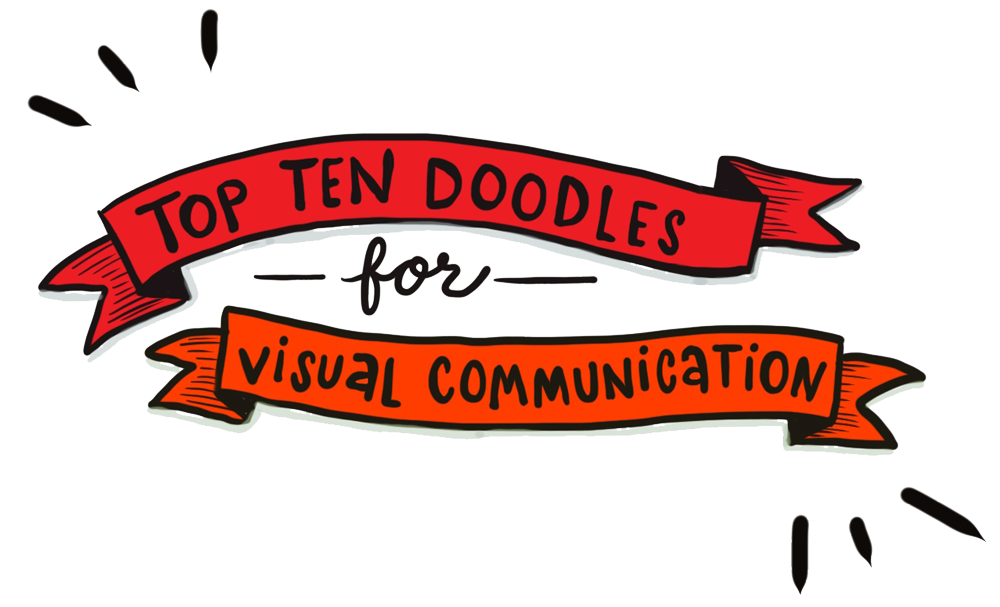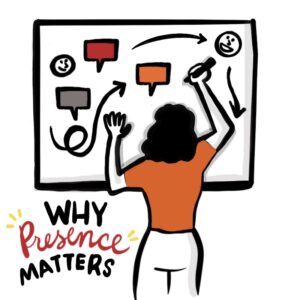
“Staying present” is a big part of emotional intelligence — and essential to the work I do drawing out conversations in real time. When I lose presence, I drift. I miss my place in the dialogue. And when that happens, I can’t faithfully reflect the important points unfolding in the room.
This doesn’t only happen in my professional life. I notice it in my hobbies, too.
Take knitting. When I lose focus, I drop stitches or miss a pattern repeat. It forces me to pause, undo, and try again. Knit one, purl three — over and over. It may sound boring, but knitting is actually de-stressing for me. It’s good practice for my brain and healing for my nervous system.
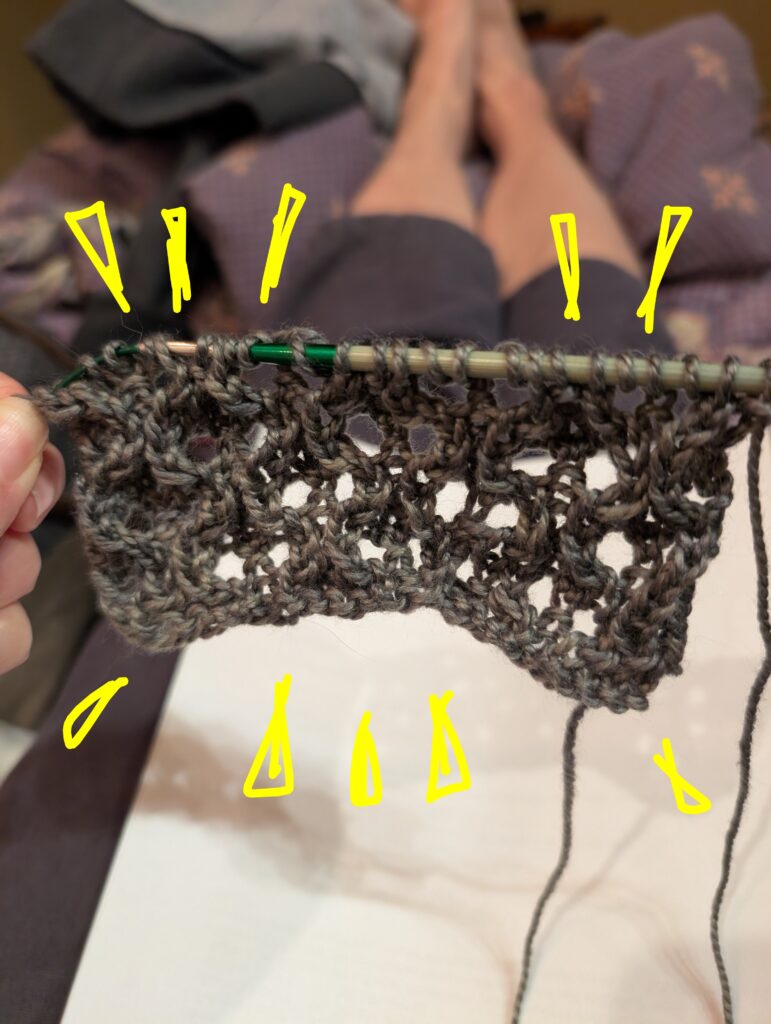
Or mountain biking. Staying present on the trail is non-negotiable. Here’s one good story, and one not-so-good:
- The good: on a long ride, I was so deep in thought I didn’t even notice when I powered up the steepest hill on the trail. Suddenly, the hardest climb was behind me. My body had stayed present, even when my mind drifted.
- The bad: on a new, fairly easy trail, I zoned out while looping the course. BAM! My handlebar clipped a tree and I went down hard (don’t worry — I’m okay).
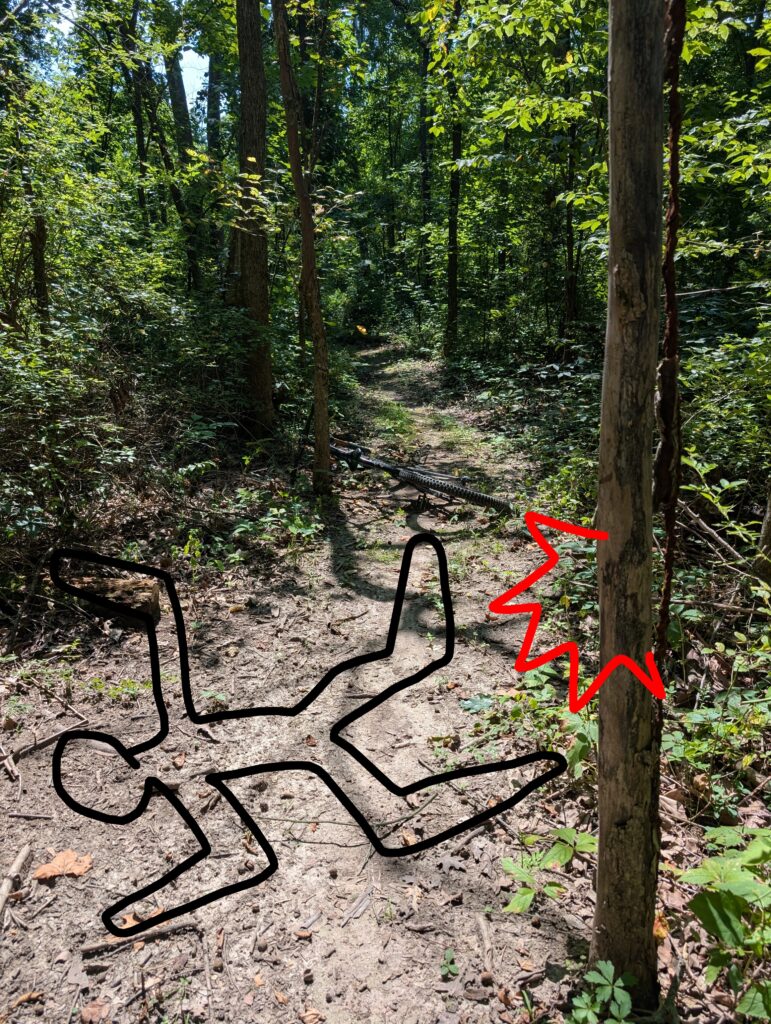
In my professional work as a graphic recorder, losing presence usually shows up in two ways:
- The conversation is moving too fast.
- The content is highly technical or full of unfamiliar jargon.
Combine those two? The struggle is real.
One example: I was recording a series of lightning talks — five-minute presentations back-to-back. I was holding my own until one speaker delivered at lightning speed on a topic I couldn’t make sense of. Suddenly, I was lost.
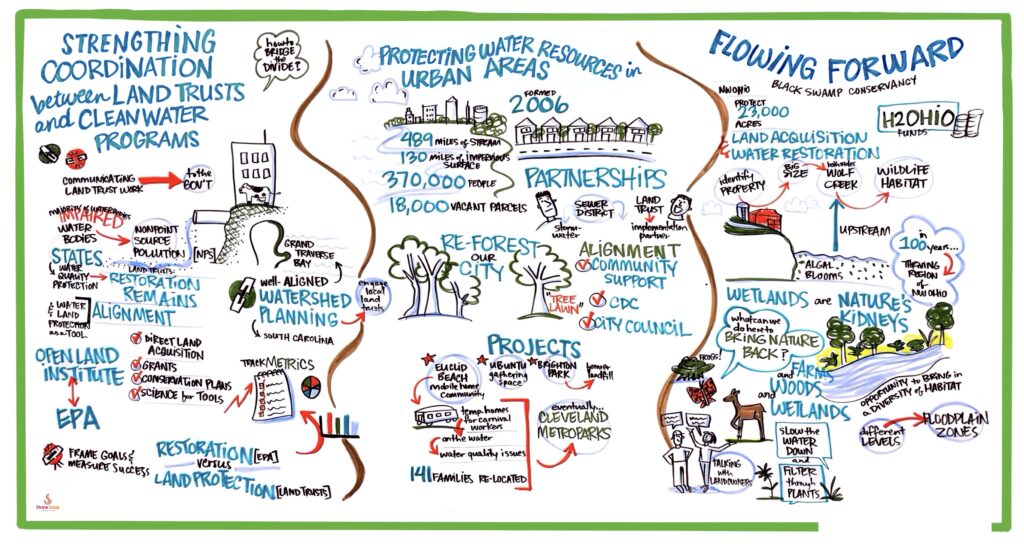
Here’s how I find my way back:
- If the pace is too fast: I jot quick snippets on sticky notes. When there’s a pause, I weave them back into the drawing.
- If the content is unfamiliar: I keep listening. Eventually, there’s a part I do understand, and I start in again. In the meantime, I’ll shade an image or add small details — something that keeps me engaged without derailing focus.
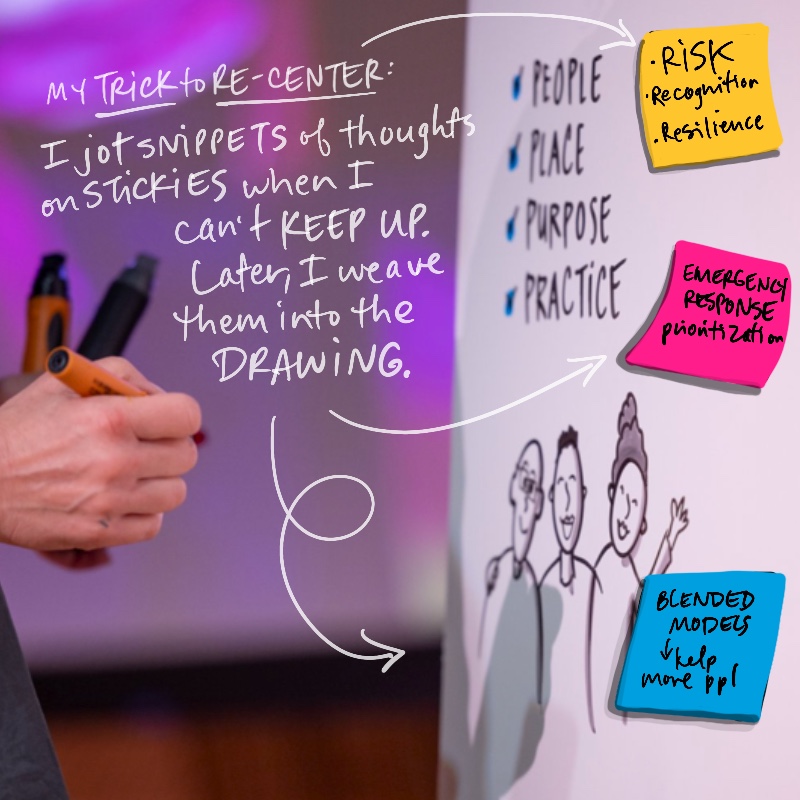
It’s tempting to beat myself up in those moments. But I remind myself: I’m not an automatic tape recorder (remember those?). I’m not hired to capture everything word-for-word. My role is to reflect the high-level topics and themes. And people are genuinely appreciative of what I’m able to surface.
The truth is, presence is a skill. Like knitting or biking, it’s something I can lose if I don’t practice. And with so much time spent on screens and social media, I see just how important it is to keep honing and cultivating presence — in work, and in life.
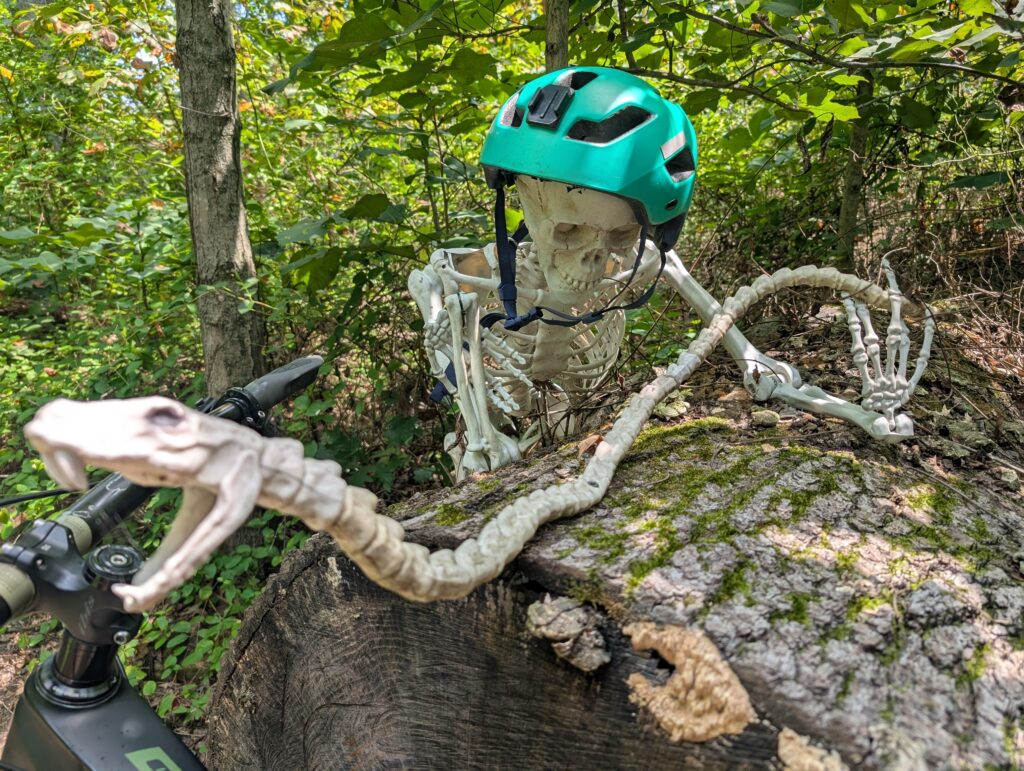
Want more stories about how self-awareness shapes my work? Read this post on Self-Awareness as a Visual Practitioner
